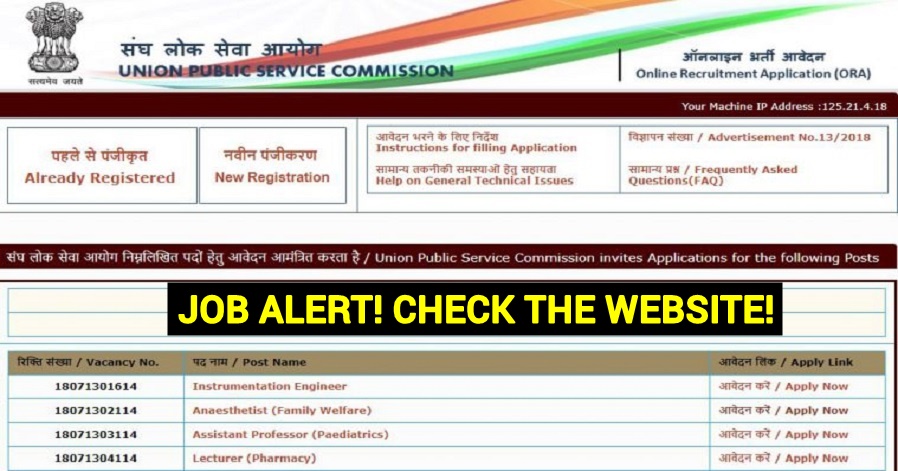No products in the cart.
Bengaluru CEO stuns everyone by Taking Bus to Work but gets Shocked By Busfare
In a time when CEOs are usually spotted in chauffeur-driven cars or zipping around in high-end EVs, Deepak Shenoy, the CEO and founder of Capitalmind, made a refreshing and eye-opening move — he took a public bus to work. But what truly stunned him wasn’t the experience. It was the fare.
“I took a bus for Rs 6 today and walked 30 minutes to the office. I’m still stunned that there’s something that costs Rs 6,” Shenoy wrote in a post on X (formerly Twitter), adding that the bus even had a UPI QR scanner onboard.

That simple post, shared with no fanfare, quickly went viral — and not just because of the fare. It ignited a wave of reactions, reflections, and conversations about public transport in India, particularly in urban hubs like Bengaluru.
Shenoy later clarified that he frequently uses public transport — from air-conditioned buses to the metro — but this was a short 1-kilometre hop prompted by a knee injury. What caught his attention was the surprising affordability of the ride, even by today’s standards.
In a world where a decent coffee costs 10 times as much, the Rs 6 fare became symbolic — not just of an accessible commute, but of what could be possible if public transport was promoted, modernised, and widely adopted.

Some praised Shenoy for setting a powerful example — choosing public transport over private convenience. Others used the moment to highlight the importance of building better systems that go beyond affordability: safety, frequency, cleanliness, and last-mile connectivity.
This wasn’t just a CEO posting about his morning. It was a quiet nudge — reminding us of the incredible potential of public transport in a country as densely populated and income-diverse as India.

Affordability alone isn’t enough to make public transport a viable daily option. But it is the foundation. What Shenoy’s post did was bring this truth back into mainstream discourse, using a personal experience — not policy jargon — to spotlight an often-ignored reality.
As one social media user rightly said, “Public transport, if promoted well, can transform the way Indians commute.” Another called it the “lifeline of any city” — and they aren’t wrong.
Think about it: better buses and metros don’t just reduce traffic or pollution. They create equal opportunity. They connect workers to jobs, students to education, and families to each other — all without the burden of high fuel prices or expensive cabs.








